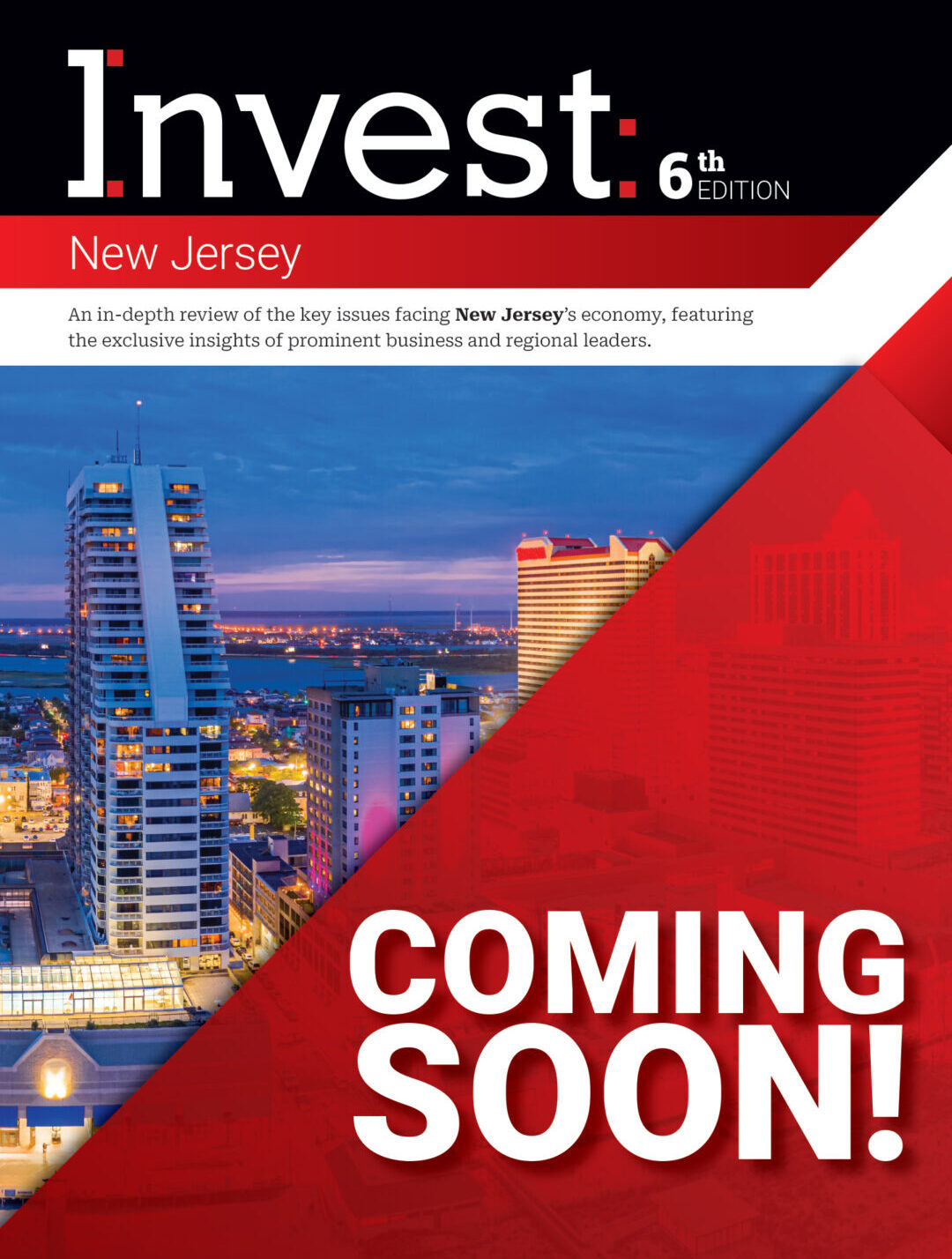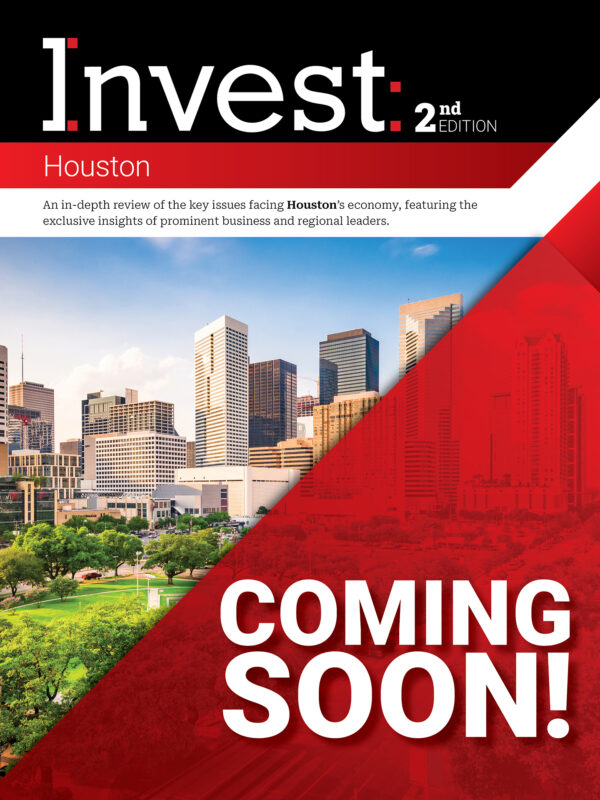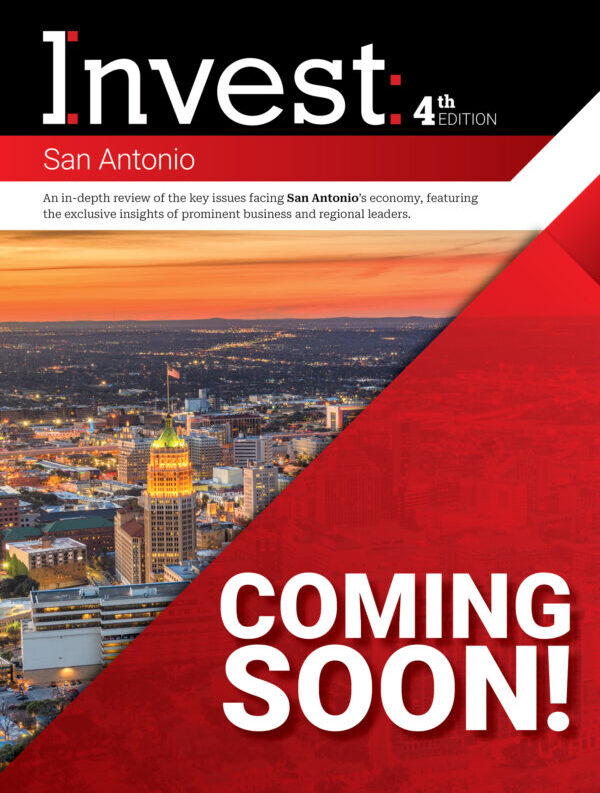Spotlight On: Joe Lopano, CEO, Tampa International Airport
 September 2023 — Joe Lopano, CEO of Tampa International Airport, sat down with Invest: to discuss the factors at play that will determine the longevity and success of Tampa Bay’s transportation ecosystem, the role the airport serves in economic growth and what he looks forward to in the near- and long-term future.
September 2023 — Joe Lopano, CEO of Tampa International Airport, sat down with Invest: to discuss the factors at play that will determine the longevity and success of Tampa Bay’s transportation ecosystem, the role the airport serves in economic growth and what he looks forward to in the near- and long-term future.
What is your role in the collaborative effort of Tampa Bay’s transportation system?
We at the Hillsborough County Aviation Authority believe in community involvement and that is one of our strategic objectives. Many of my executives sit on local boards, be it the Convention and Visitors Bureau or the Chamber of Commerce, and I am the vice chair of the Tampa Bay Economic Development Council. We are very plugged into community involvement. We believe in it. We are also very involved in policymaking and transportation initiatives. We try to influence them in favor of the airport and, of course, although we continue to grow, we have some choke points in our community we are hoping to influence and change. We also work alongside our mayor. She is on our board and very supportive of our vision for the airport.
What new projects are you most excited about toward the betterment of customer experience?
We are very focused on customer satisfaction and experience. Just last year, we were named the No. 1 large airport in a J.D. Power survey. We are very proud of that accomplishment and we know we deserve it. We have been No. 1, 2 or 3 in the past and we have always focused on customer satisfaction, which is another of our strategic objectives. We invest in what the customer really cares about. We also won the Best Restroom in America award from Cintas, which is a testament to the cleanliness and comfort of our restrooms because we know that’s what people value. We are also focused on automating our parking system. And our largest investment in customer experience will be breaking ground next year, and that’s Airside D, our first new terminal in almost 20 years.
How have current economic conditions affected the airport and aviation overall?
There is no evidence of a looming recession for the aviation business because we are still catching up with pent-up demand as a result of the pandemic’s lockdowns. People want to spend their money on experiences today instead of newer material items. That is not going to change anytime soon. People want to see, travel and dine, and they are spending their money there. We know there has been a great accumulation of wealth over the last two to three years, partially due to stimulus packages and not being able to spend as much, so we are not seeing any diminishment of that wave.
What legislation and regulations are you following today?
No. 1 is airport infrastructure funding. There is a fee on every ticket called the “passenger facility charge,” which is $4.60 for every flight. That has not been raised in over 20 years. You can imagine inflation’s effect on that; it really doesn’t fund a lot of airport infrastructure today like it used to. When you look around at airports that don’t have new terminals or need updates, the shortage of funding is the main issue. That’s the main thing we need from regulators and the government. They did help us with stimulus funding during the pandemic, which was critical to avoiding a complete collapse of aviation. That is not an ongoing funding source for the future, though. For example, we are looking at 20 years down the road with billions of dollars of investment that will need to take place in order to support the aviation business, which we all know is one of the most important in the country. You have to fund the airport business in order to grow the airline business.
What are the next steps or considerations in the evolution of the airport, the sector and your community?
The thing that we are really going to be working on over the next five years is transportation solutions. In order to attract and retain great companies and people to our region, that has to be solved. That’s something the entire community is focused on and we are hopeful that we can have a meaningful impact in improving that situation. There is a lot of new technology out on the horizon. One example is Advanced Air Mobility (AAM), which is a passenger drone aircraft similar to a helicopter. These could carry five or six people and can effectively fly over the top of very congested interstates, solving problems associated with transportation. We have dedicated an entire team of people to focus on these AAM projects, and Florida is one of the premier spots to launch these types of services because there is so much water that needs to be flown over. This could solve many transportation challenges, although we still need them to be accepted – they are not yet certified by the FAA but they certainly are the future.
What are your top priorities moving forward?
For us, we will be maintaining our culture of excellence and management team. We want to keep everyone on the same page and together. We have a team operating at a very high level, so it’s extremely important to keep that in mind. It’s also important to continue looking 20 years down the road. As an airline, if you are thinking about what you’re doing in the next year or year after, you are way behind the curve. Two years from now is like tomorrow. You need to have a plan for what you’ll be doing, how it will be funded and what needs to be done to get there. We try to anticipate our cash flow needs 20 years from now and build our reserves, which we have more than $100 million. That will help us weather any storms in the future.
For more information, visit:















